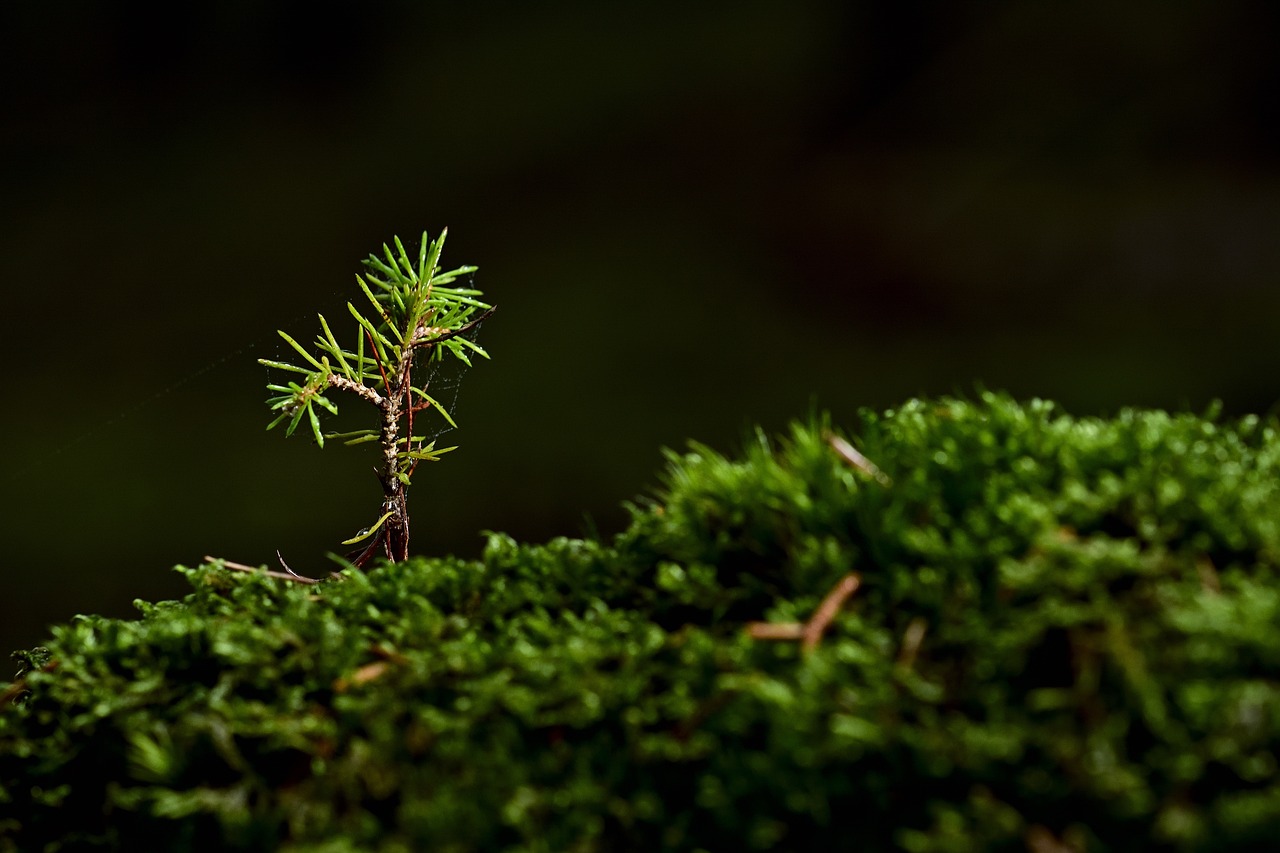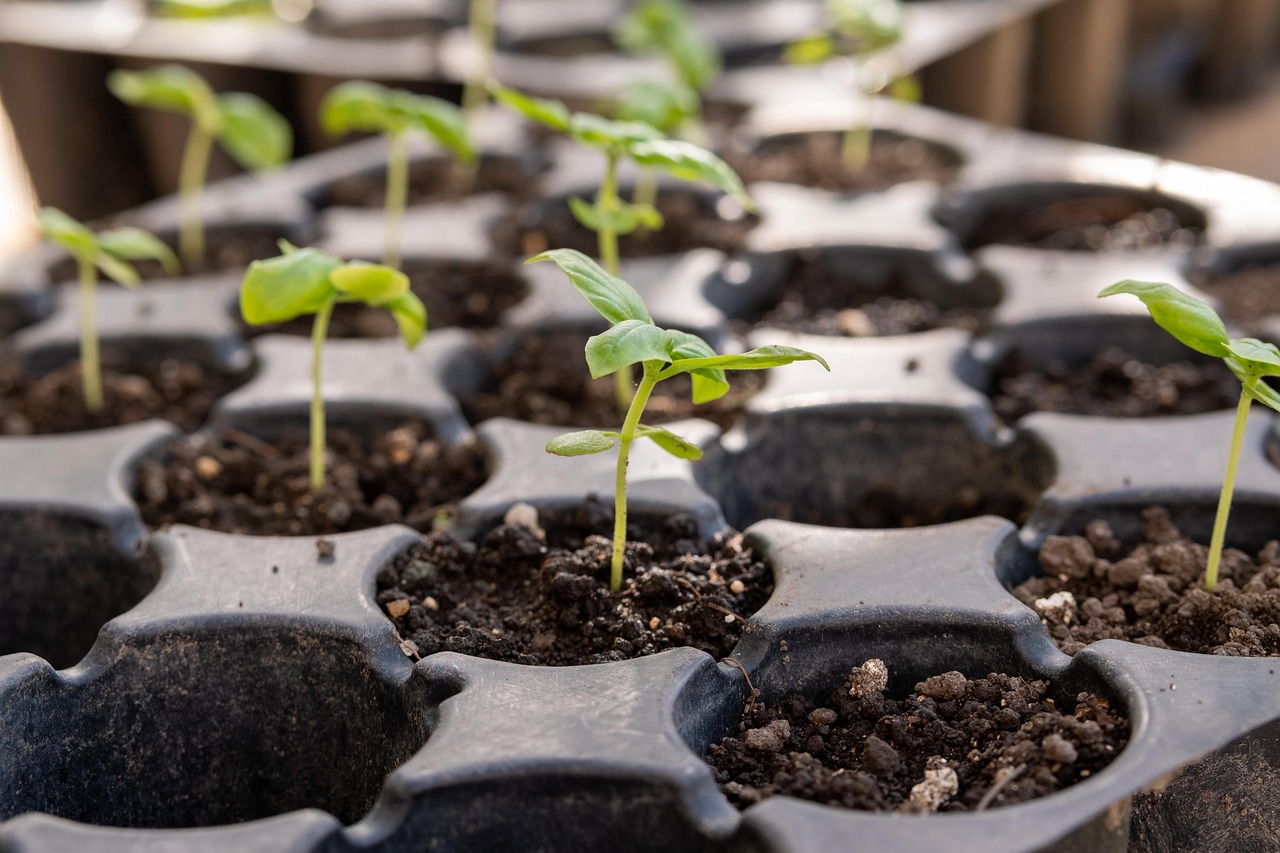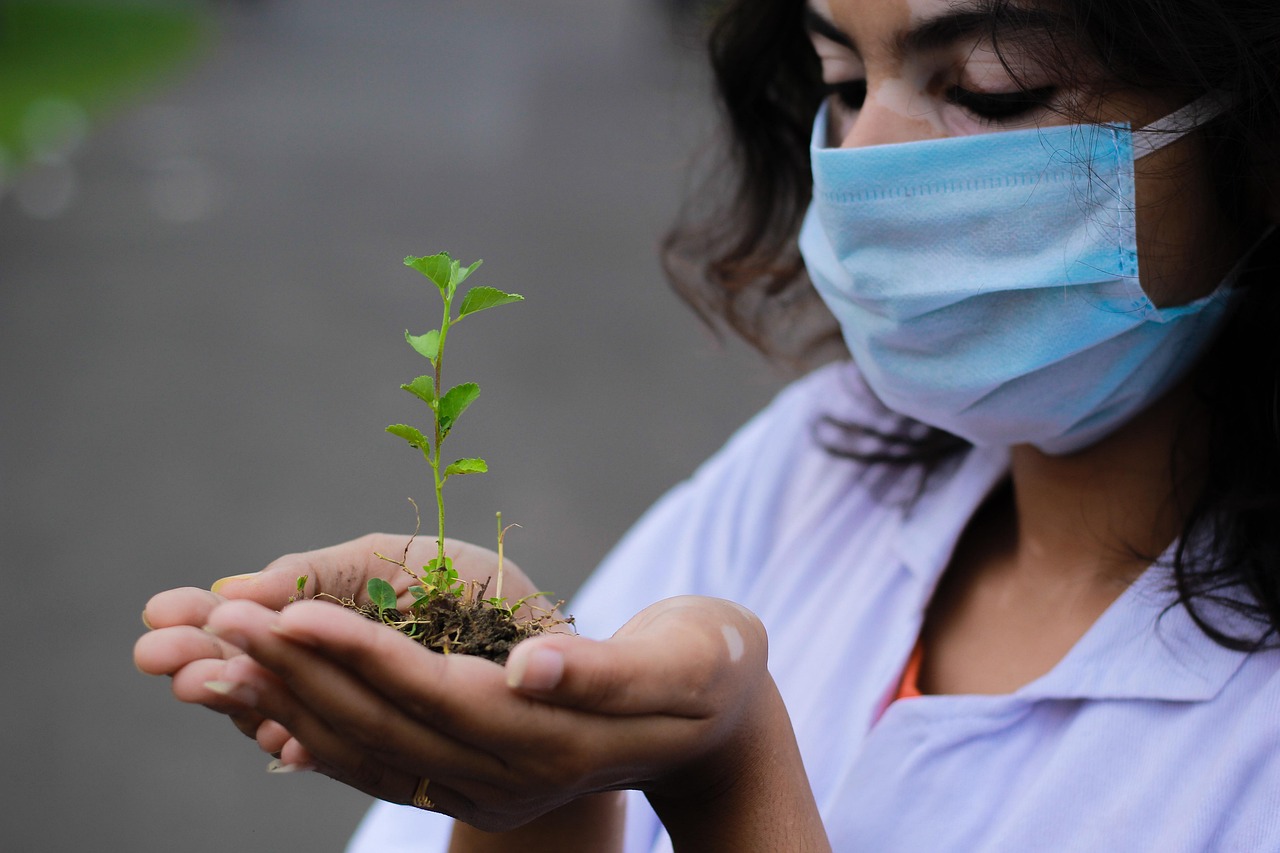Chopsticks can serve as effective supports for young plants, providing stability and structure as they grow. This method is inexpensive, easy to implement, and helps prevent seedlings from bending or breaking under their own weight.
Understanding Seedling Support

Young plants are particularly vulnerable during their early growth stages. They require adequate support to thrive and develop into strong, healthy specimens. As seedlings emerge from the soil, they may struggle to stand upright due to their fragile stems and leaves. External factors such as wind, heavy rain, or even the weight of the plant itself can exacerbate this issue. Therefore, using effective support systems is essential for their continued growth.
One innovative and accessible solution for seedling support is the use of chopsticks. These simple tools, typically made of wood or bamboo, provide the necessary stability without causing harm to the seedlings. They are readily available and a great option for gardeners looking to nurture their plants without investing in expensive equipment.
The Benefits of Using Chopsticks for Seedling Support
Employing chopsticks as supports for seedlings comes with several advantages:
- Cost-Effective: Chopsticks are inexpensive and often found around the house or can be purchased in bulk at low prices.
- Eco-Friendly: Using chopsticks made from natural materials, such as bamboo or wood, contributes to sustainable gardening practices.
- Easy to Use: They require no special tools or skills to implement, making them accessible for novice gardeners.
- Adjustable Support: As seedlings grow, chopsticks can be easily repositioned or replaced to accommodate their changing needs.
How to Use Chopsticks for Supporting Seedlings
Implementing chopsticks as seedling supports is a straightforward process. Here are the steps you can follow:
- Gather your materials: You will need chopsticks, scissors (if needed), and possibly some ties or strings for additional support.
- Identify the seedlings that require support. Look for those with weak stems or those that lean significantly.
- Gently insert a chopstick into the soil near the base of the seedling. Ensure it is deep enough to provide stability but not so deep that it disturbs the roots.
- If necessary, gently tie the stem of the seedling to the chopstick using soft string or plant ties. This helps keep the plant upright while allowing some flexibility for growth.
- Monitor the seedlings regularly. As they grow, adjust the position of the chopsticks as needed, or replace them with longer supports if required.
Key Considerations When Using Chopsticks
While chopsticks can be an excellent choice for seedling support, there are some important factors to consider:
| Consideration | Details |
|---|---|
| Material Quality | Choose untreated wood or bamboo to avoid any harmful chemicals. |
| Height Adjustment | Be prepared to replace with taller supports as seedlings grow taller. |
| Soil Conditions | Ensure the soil is moist but not overly saturated to provide adequate support. |
By considering these factors, gardeners can effectively utilize chopsticks to provide essential support for their seedlings, encouraging healthy growth and development.
Choosing the Right Type of Chopsticks
Not all chopsticks are created equal. When selecting the right chopsticks for seedling support, it is important to consider various factors such as material, length, and style. Understanding these characteristics can help ensure the best support for your young plants.
Material Options
Chopsticks are primarily made from different materials, each with its own set of benefits:
- Bamboo: Lightweight and strong, bamboo chopsticks are an excellent option as they are naturally sturdy and eco-friendly.
- Wood: Wooden chopsticks provide good structural support. Ensure they are untreated to avoid any chemical exposure to your seedlings.
- Plastic: While plastic chopsticks are durable and waterproof, they may not be as eco-friendly. They can still serve as temporary supports if necessary.
Length and Size Considerations
The length of the chopsticks you choose can significantly affect their effectiveness as supports. Here are some points to keep in mind:
- Short Chopsticks: These are suitable for small seedlings or those that do not grow very tall. They provide adequate support without overwhelming the plant.
- Long Chopsticks: For taller seedlings or plants that are expected to grow quickly, longer chopsticks offer increased stability and support.
- Adjustable Length: If using multiple chopsticks of varying lengths, you can adjust their positioning as the plants grow, ensuring continuous support.
Implementing Additional Support Techniques
In addition to using chopsticks, there are various techniques you can incorporate to further stabilize your seedlings. These methods can enhance the effectiveness of chopstick support.
Using Ties or Twine
For plants that require extra stability, consider using soft ties or twine to secure them to the chopstick. This method is particularly useful for seedlings with weak stems.
- Select soft ties that will not damage the plant’s stem.
- Wrap the tie around the stem and gently attach it to the chopstick.
- Avoid tying too tightly, as this may restrict growth or cause damage.
Creating a Trellis System
If you are growing climbing plants or those that tend to spread out, creating a trellis system with chopsticks can provide additional support. This technique works well for plants like peas and beans.
- Materials Needed: In addition to chopsticks, gather twine or string and additional stakes if needed.
- Setup: Insert multiple chopsticks vertically into the soil around the plants. Connect them horizontally with twine to create a framework for climbing.
- Encouragement: As your plants grow, gently guide them toward the trellis structure to promote healthy climbing habits.
Maintaining Seedling Health During Growth

While providing support is crucial, maintaining overall health during growth is equally important. Here are some tips to ensure your seedlings thrive:

- Regular Watering: Keep the soil consistently moist but not soggy. This balance is vital for root development and overall plant health.
- Proper Light Exposure: Ensure seedlings receive adequate light for photosynthesis. Adjust their position as necessary based on light availability.
- Nutrient-Rich Soil: Use high-quality soil with organic matter to provide essential nutrients for growth. Fertilizing may also be beneficial as plants mature.
By combining effective support techniques with proper care practices, gardeners can help their seedlings develop into robust plants capable of thriving in their environment.
Common Challenges with Seedling Support
While using chopsticks for seedling support is an effective solution, gardeners may encounter several challenges along the way. Identifying these potential issues can help in devising strategies to overcome them and ensure the successful growth of seedlings.
Over-Dependence on Support
One common challenge is the over-dependence of seedlings on the support provided by chopsticks. If seedlings become too reliant on external support, they may not develop strong stems capable of standing on their own.
- Solution: Gradually reduce the amount of support as the plants grow. Avoid tying them too tightly to the chopsticks, allowing them to strengthen naturally.
- Monitoring Growth: Keep an eye on the seedlings’ development. If they begin to grow tall and sturdy, consider removing the chopsticks altogether.
Insufficient Stability
Sometimes, chopsticks may not provide enough stability for certain seedlings, especially those with larger leaves or heavier growth patterns. This can lead to bending or breaking under their weight.
- Solution: Use multiple chopsticks for added support. Placing them in pairs or groups can create a more stable structure that better accommodates larger plants.
- Alternative Supports: If chopsticks are insufficient, consider using other materials such as stakes or small trellises in conjunction with chopsticks.
Seasonal Considerations for Seedlings
The time of year when you plant seeds can significantly impact their growth and the effectiveness of your support methods. Understanding seasonal factors can help optimize seedling care.
Spring Planting
Spring is often the ideal time for planting many types of seeds. The warming temperatures and increased sunlight foster healthy growth.
- Advantages: Seedlings can develop quickly with ample light and warmth, reducing the time they need support.
- Consideration: Be vigilant about pests and diseases that may emerge as conditions become favorable for growth.
Fall Planting
In contrast, planting in the fall presents unique challenges due to cooler temperatures and shorter daylight hours.
- Challenges: Seedlings may take longer to establish themselves, requiring prolonged support from chopsticks or other materials.
- Preparation: Consider using cloches or row covers to maintain warmth and protect young plants from early frost.
Pest and Disease Management

Seedlings are susceptible to a variety of pests and diseases that can hinder their growth. Effective management is essential for healthy plants.
Identifying Common Pests
Some common pests that may affect seedlings include:
- Aphids: Small insects that suck sap from seedlings, weakening them over time.
- Fungal Gnats: Larvae can damage roots while adults may pose a nuisance.
- Caterpillars: These pests can quickly devour leaves and damage young plants.
Disease Prevention Strategies
To minimize the risk of diseases, consider the following strategies:
- Rotate Crops: Practice crop rotation to prevent soil-borne diseases from affecting successive plantings.
- Healthy Soil: Ensure your soil is well-draining and rich in organic matter to promote healthy root systems.
- Pest Monitoring: Regularly inspect seedlings for signs of pests or diseases, allowing for prompt action if issues arise.
By remaining vigilant about pest and disease management, gardeners can ensure their seedlings grow strong and healthy, benefiting from the support provided by chopsticks and other methods.
Additional Tips for Effective Seedling Support
In addition to the fundamental methods already discussed, there are several more strategies that can enhance the effectiveness of chopstick seedling support. Implementing these tips can lead to better growth outcomes and healthier plants.
Using Companion Planting
Companion planting involves growing different plants in proximity for mutual benefit. This method can also provide additional support for seedlings.
- Sturdy Neighbors: Pairing young plants with established, sturdier plants can provide natural support and shade, which can help protect delicate seedlings.
- Diverse Planting: Certain plants can deter pests that may harm your seedlings, creating a safer environment for growth.
- Enhanced Soil Health: Some companion plants improve soil quality, benefiting all nearby seedlings.
Timing and Patience
Timing your planting and being patient with your seedlings is crucial for success. This approach includes:
- Ideal Planting Time: Ensure you plant seedlings at the right time of year. Research the best planting dates for your specific region and plant varieties.
- Allow Natural Growth: Avoid rushing the process. Let seedlings develop at their own pace, gradually removing support as they strengthen.
Understanding Different Plant Types
Different plant species have varying needs for support. Understanding these differences can lead to better care and the application of appropriate techniques.
Small Herbaceous Plants
Plants like basil or cilantro typically do not require extensive support. They benefit from gentle stabilization as they grow, making chopsticks an excellent choice for these types of seedlings.
Tall or Climbing Plants
For taller or climbing varieties such as tomatoes or peas, additional support structures may be necessary:
- Stakes or Trellises: In addition to chopsticks, consider using stakes or trellises for climbing plants as they develop.
- Regular Adjustments: Monitor growth and adjust supports regularly to ensure that climbing plants have space to flourish.
Final Thoughts
The use of chopsticks as a support system for seedlings is a simple yet effective gardening technique. This approach not only promotes stability for fragile plants but also encourages healthy growth by allowing seedlings to withstand environmental challenges. By understanding the various considerations involved—from selecting the right materials to implementing effective care practices—gardeners can foster strong, resilient plants.
Utilizing companion planting, being mindful of timing, and recognizing the specific needs of different plant types further enhance the benefits of chopstick support. With diligence and patience, gardeners can create an optimal environment for their seedlings to thrive, ultimately leading to a successful harvest.
As gardening continues to evolve, incorporating innovative techniques such as using chopsticks not only simplifies care but also aligns with sustainable practices. Embracing these methods ensures that gardeners are well-equipped to nurture their plants effectively while enjoying the rewarding experience of watching them grow.
